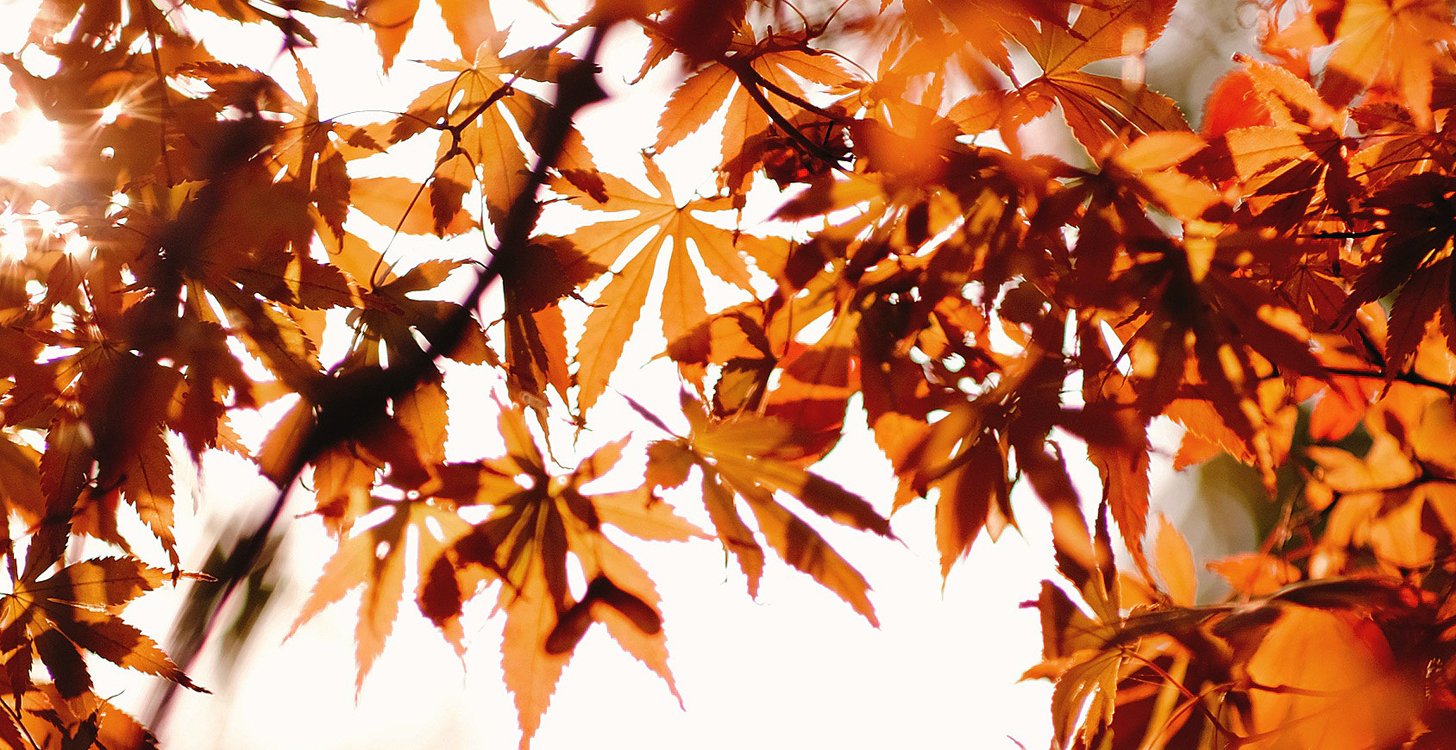A: The list of friends and family who have preceded us in death grows longer all the time. Nichiren Daishonin poetically observes in “Letter to Niike”:
How swiftly the days pass! It makes us realize how few are the years we have left. Friends enjoy the cherry blossoms together on spring mornings, and then they are gone, carried away like the blossoms by the winds of impermanence, leaving nothing but their names. Although the blossoms have scattered, the cherry trees will bloom again with the coming of spring, but when will those people be reborn? The companions with whom we enjoyed composing poems praising the moon on autumn evenings have vanished with the moon behind the shifting clouds. Only their mute images remain in our hearts. Though the moon has set behind the western mountains, we will compose poetry under it again next autumn. But where are our companions who have passed away? (The Writings of Nichiren Daishonin, vol. 1, p. 1027)
But death is not something to be feared when we are determined to live out our lives constructively and without regret. We can do this through our Buddhist practice with hope and confidence.
Ikeda Sensei touches on this topic in The New Human Revolution, in which he appears as Shin’ichi Yamamoto. He writes:
Shin’ichi shared his thoughts about aging. He noted that while people tend to see aging in a negative light as the diminishing of one’s capacities, it is in fact an unavoidable reality that all will have to face and should be regarded as “a desirable summation, a culmination of everything in life.”
Shin’ichi continued: “The true evaluation of a person’s worth comes only at the end. A life that has been tempered and polished through long experience and victory gleams bright at the close. A life spent in laziness and gloom will end in misery.”
The beauty of old age, and the beauty that we should strive to achieve in old age, is a noble quality that surpasses that of any other period of life. The final years of life are the autumn of our existence, and, like autumn, should be a period on par with the glorious, radiant colors of autumn leaves. As Shin’ichi believed, “The beauty of age is a deeper one of promise fulfilled.” …
In a letter he composed in November, Shin’ichi wrote about youth: “I don’t regard youth as being restricted to any chronological age or even physical youth. The true glory of youth, as I see it, is in preserving the convictions of youth with sustained passion up to the very moment of death. … It is very important to me to retain that kind of ‘lifetime youthfulness’; I hope I never lose that essential youthfulness of spirit.” (The New Human Revolution, vol. 22, pp. 52–53)
Sensei also says:
Since life is eternal, old age is not simply a period of waiting for the end. It is the time for us to put the finishing touches on this life and to prepare for our next life.
It is important to continue chanting Nam-myoho-renge-kyo and dedicating ourselves to the great vow of kosen-rufu to the last moment of our life together with our mentor and our sincere fellow members. In this way, we can polish and elevate our life and joyfully bring this existence to its culmination, glowing with a magnificent brilliance like the setting sun. This state of boundless hope will become the life condition we carry into our next existence. (NHR-26, 65)
You are reading {{ meterCount }} of {{ meterMax }} free premium articles

